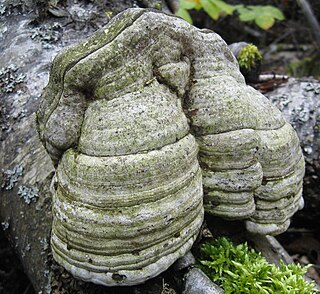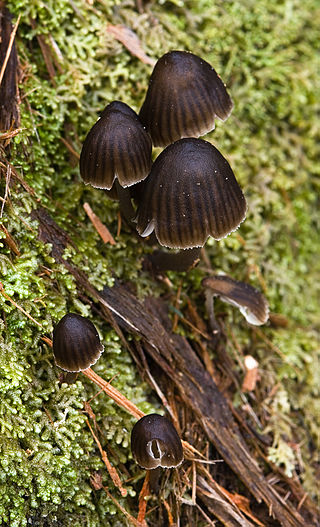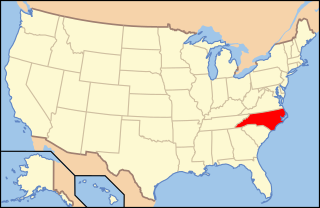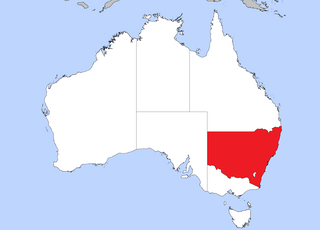| Asteridiella | |
|---|---|
| Scientific classification | |
| Domain: | Eukaryota |
| Kingdom: | Fungi |
| Division: | Ascomycota |
| Class: | Sordariomycetes |
| Order: | Meliolales |
| Family: | Meliolaceae |
| Genus: | Asteridiella McAlpine |
| Type species | |
| Asteridiella solani | |
Asteridiella is a genus of fungi in the family Meliolaceae. [1] [2] The genus was first described by Daniel McAlpine in 1897, who differentiated it from various other fungal genera:
" Asterula , Sacc, has continuous hyaline spores (Hyalosporae), Asteronia , Sacc, has continuous brown spores (Phaeosporae). Asterina , Lev., has two-celled hyaline spores (Hyalodidymae). Asterella, Sacc, has two-celled brown spores (Phaeodidymae). Asteridium , Sacc, has multi-septate hyaline spores (Hyalophragmiae). And in the case of the specimen on Solanum viride with multi-septate brown spores, I have ventured to use Asteridiella (Phaeophragmiae)". [2]
Species and subspecies include some 738 taxa:









